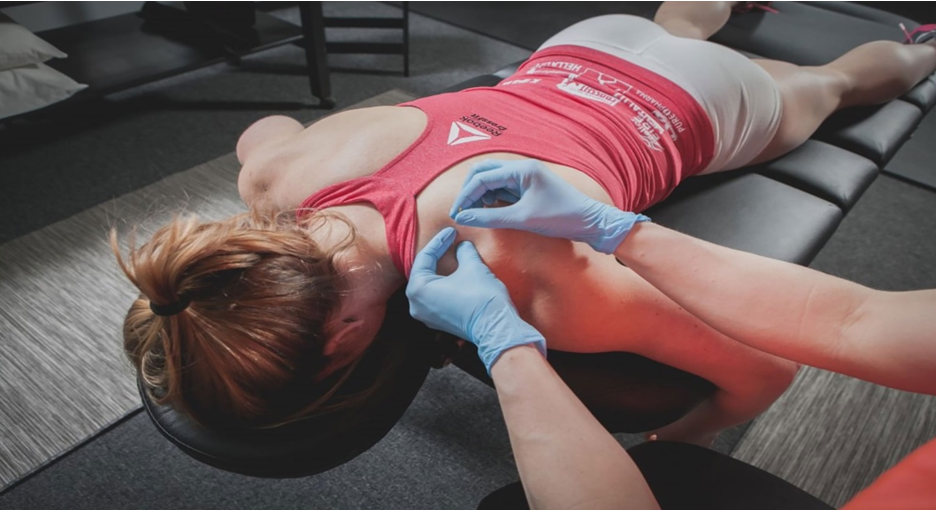
Dry Needling vs Acupuncture
DRY NEEDLING VERSUS ACUPUNCTURE, WHAT’S THE RIGHT PHYSICAL THERAPY TREATMENT FOR YOU?
DO YOU KNOW WHAT THE DIFFERENCE IS? ARE THEY THE SAME STUFF?
While in acupuncture the needles are applied at certain points that are located in meridians, which do not have to be close to the injured area, in dry needling the needle is applied directly to the trigger point. Both are invasive methods used to treat pain disorders and can be used for myofascial trigger points. The two methods use similar needles that pierce the patient’s skin and both dry needling and acupuncture therapies have proven to be very useful in clinical practice. “Some studies showed some low – quality to medium-quality evidences that dry needling therapy sessions carrying out by a professional physical therapy practitioner is way more efficient than sham dry needling, no treatments, and other treatment alternatives for relieving aches and getting a better pressure of pain threshold in convalescent patients exhibiting musculoskeletal soreness within a follow-up of eighty four days.” Eric Gattie et la (2017)
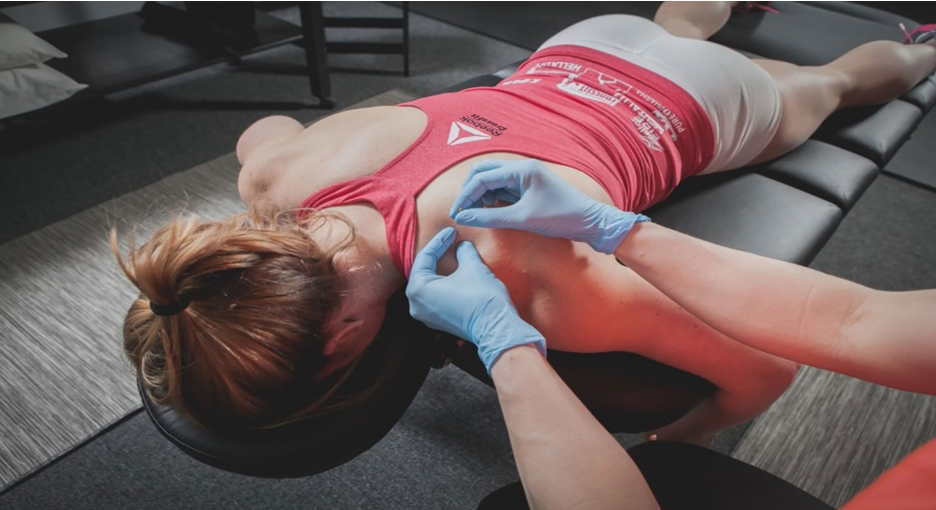
“In case of suffering pain located in the lower back there are researches that displayed that acupuncture solo treatment tenders better outcomes i.e. specifically giving a short- term ache relief comparing to no treatment choices and acupuncture plus other management approaches” Stated by Lizhou Liu et la (2015)
WHAT IS DRY NEEDLING AS A PHYSICAL THERAPY TREATMENT OPTION?
Dry needling is an innovative physiotherapeutic technique that uses acupuncture needles to treat certain ailments, especially myofascial pain syndrome, but its similarity to acupuncture ends here, these two techniques should not be confused. It is defined as a semi-invasive technique because the needles penetrate the skin in search of the trigger point which is the cause of myofascial pain in order to press it, deactivate it and end the pain. To find it, the stimulation, comprehension, contraction, stretching, of the muscle is vital, since if pain occurs this suggests that there is a trigger point.
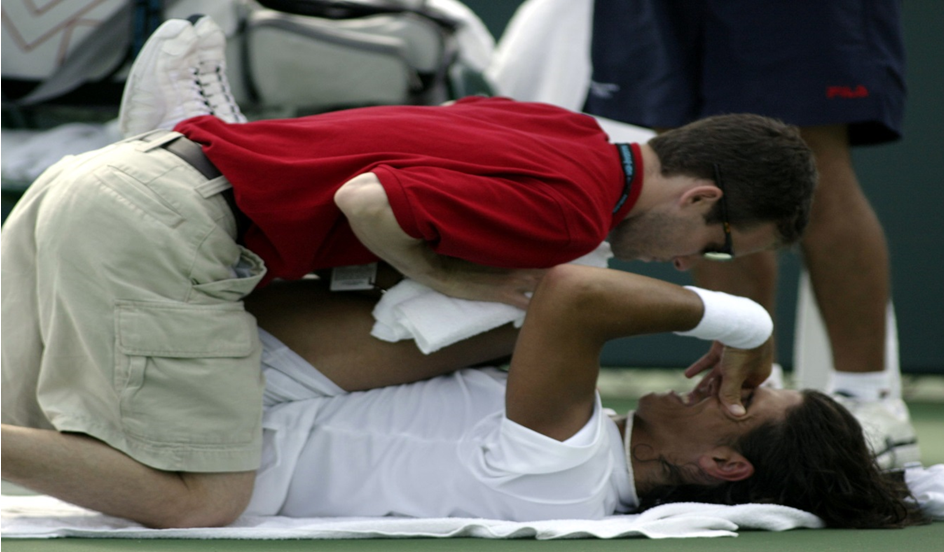
Lin liu et la (2015) pointed out that “In the short and medium term, dry acupuncture physical therapy method is recommended and suggested to reduce MTrP (Myofascial trigger point) pain found out in neck and shoulders areas, but in the medium term, wet acupuncture is observed to be more effective than dry acupuncture in reducing MTrP pain in the neck and shoulders.”
To understand exactly what dry needling is for, we must delve into myofascial pain syndrome and, for this, we must define its causes; trigger points. Trigger points are areas of the muscle that are weak and with great sensitivity to palpation. They occur when the sarcomeres (areas of the muscle fibers where the muscle contracts) are permanently contracted by the continuous release of acetylcholine, which prevents the relaxation of the fibers and decreases blood flow.
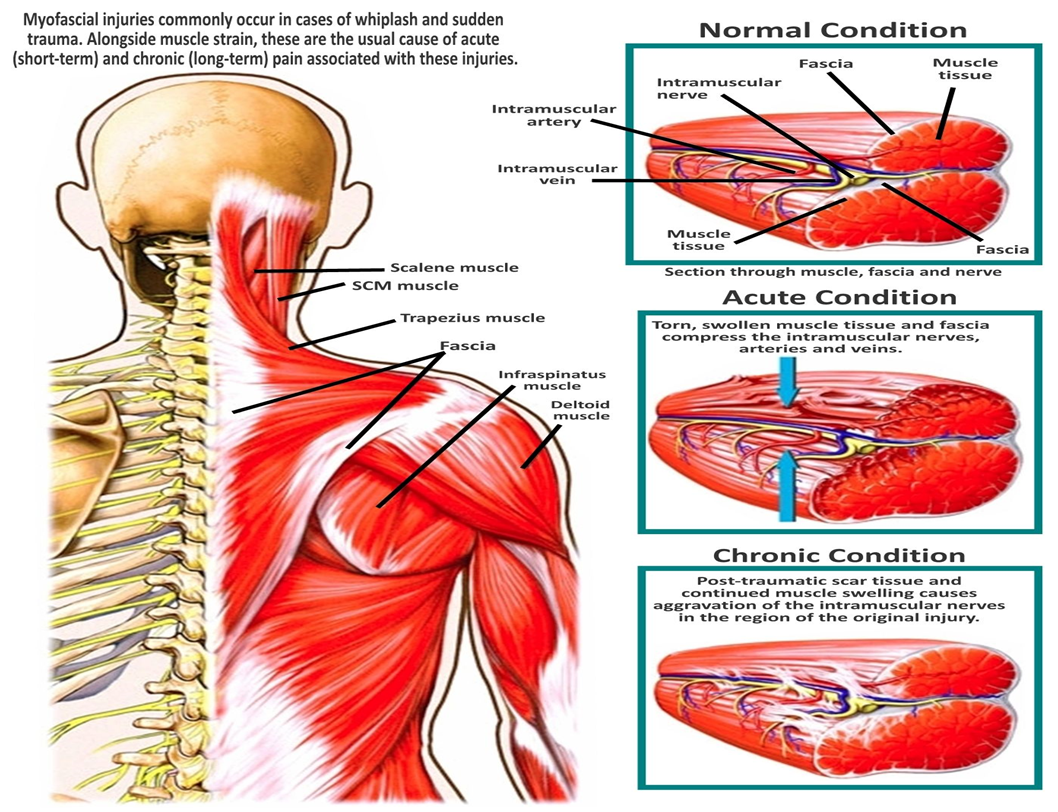
“Acupuncture and how beneficial it is, for a one-month period of intense competition for four international women’s volleyball players. Perform dry acupuncture of the shoulder and brachial muscles. Evaluate the range of motion, intensity, and pain before and after treatment, and perform functional evaluation of pain immediately after competition and overhead activities. All scores improved after treatment and athletes were able to continue their daily activities. Previous studies have shown that myofascial trigger points may cause significant functional weakness and reduced range of motion, accompanied by pain. Trigger point dry acupuncture has successfully treated athletes with myofascial pain and impingement symptoms, but it only improved subjectively, not during the competition phase. It can help maintain the balance and strength of the rotator cuff, decreasing further pain and injury.” Nichola J Osborne and Ian T Gatt (2015).
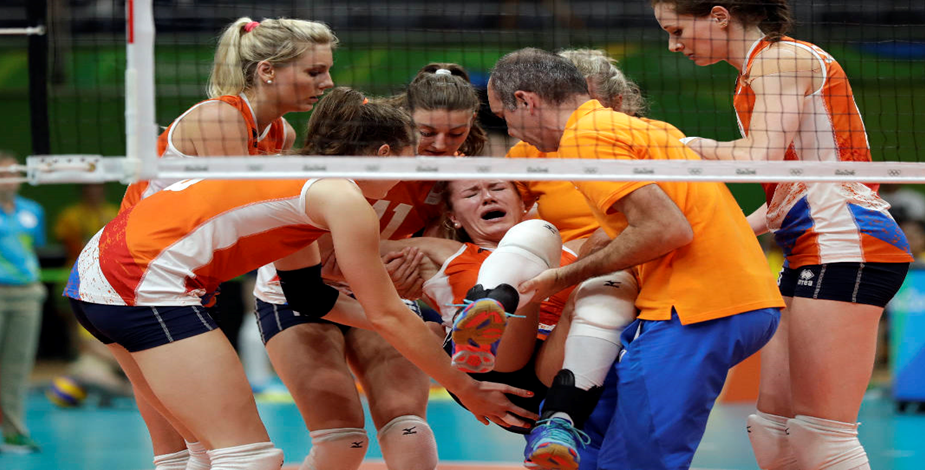
Trigger points can be caused by many different causes, practicing combat/contact sports, repetitive movements, tackles, cold currents that directly affect the muscle, keeping the muscle in a shortened position for a long time, blows, injections, etc. There are many types of trigger points:
- Active: Always painful, they respond to pressure with local spasms.
- Latent: It only hurts when palpating.
- Core: Located near the center of the muscle fiber.
- Key: It is responsible for the activation of one or more trigger points.
- Satellite: Activated by the key trigger point.
- Primary: It is activated by a repetitive movement, acute or chronic overload; it does not mediate another muscle in the activation.
WHAT ARE THE INDICATORS FOR DRY NEEDLING?
The indications to perform the Dry Needle are multiple and varied, always remember to attend to health care premises where you’ll find the professional practitioners like physical therapists, sports massage clinicians and others to carry on your Dry needling treatment under maneuvers backed up and warranted by science, the most frequent are:
- Patients with any shoulder pathology. For example:
- Frozen shoulder.
- Hemiparesis.
- Subacromial syndrome (inflammation of the shoulder muscles, it means of the rotator cuff).
- When there are muscle problems.
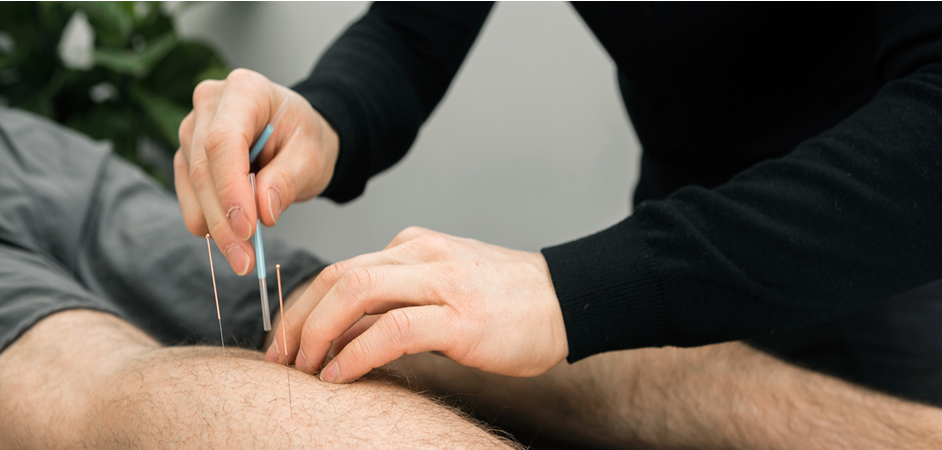
- Low back pain such as sciatica.
- Radiculopathies and neck pain.
- Pain due to whiplash..
- When there is hip pain.
- When there is knee pain.
- Plantar fasciitis (inflammation of the fascia of the foot, the pain is located in the sole of the foot).
“A steroid jab can relieve plantar pain swiftly, but dry needling can feature more above standard outcomes in patients presenting plantar fasciitis in the long term.” Contrast between dry needling treatment and steroid injection by Shirvan Rastegar et la (2018).
- Tendinopathies, such as Tennis Elbow or Golfer’s Elbow, that is to say any type of tendinitis.
“In fact, a recent study found that 80% of patients with elbow extensor (tennis elbow) tendinitis had excellent results after using dry needling. Similarly, 72% of patients with patellar (knee) tendinitis had great to excellent results after using dry needling”
- It is also indicated in some headaches and migraines.
- Fibromyalgia.
- Joint pain in general.
WHAT IS A PHYSICAL THERAPY ACUPUNCTURE SESSION TREATMENT?
Acupuncture is made up of thrusting very thin needles into the skin at cautious and strategic zones over the human body. Acupuncture, a key component of traditional Chinese medicine, is frequently used to treat pain from practicing sports. Its use is increasingly common to improve general well-being, for example, to manage stress.
“According to the outcomes of every case report, it was confirmed that acupuncture was used to treat distinct types of sports injuries that elite athletes experience. Acupuncture can help relieve short-term pain and recover from dysfunction and is used as a very useful non-surgical and non-invasive treatment for sports injuries such as acetabular hit, lateral meniscus rupture, sports hernia and ganglion cysts. In addition, acupuncture has been suggested as a treatment method worth trying for conditions such as muscle aches and delayed-onset muscle soreness.” Ji-Won Lee et la (2020).
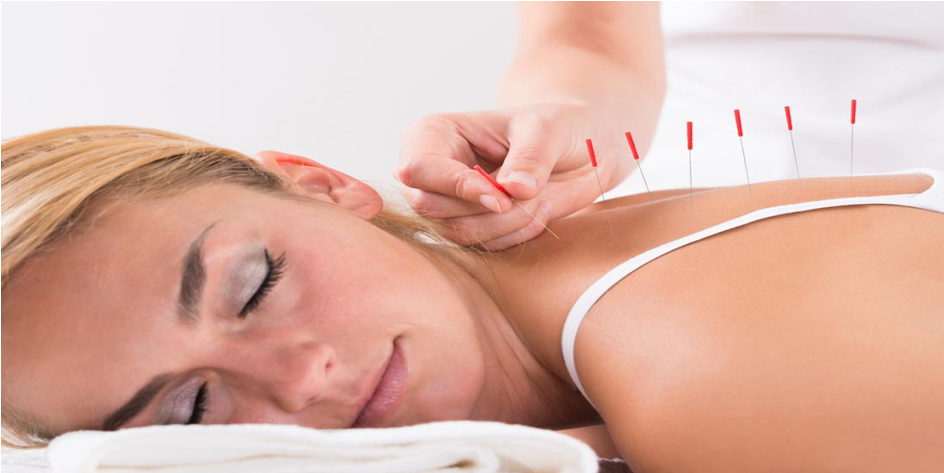
WHAT ARE THE INDICATIONS FOR ACUPUNCTURE?
The indications to perform an acupuncture treatment are not only for sports injuries, it can also be performed for different conditions, pathologies, ailments, muscle aches and others, such as:
“The entire number of athletes taken into account within the evaluation is 211, of which 119 (56.4%) are men. The age of the athletes is 8 to 77 years the average is 24.8 yo. Among 211 sports injuries within sports like basketball, football, golf, running, ice hockey, track and field, swimming, etc. Musculoskeletal system and connective tissue diseases scored for the highest proportion of the main symptoms reported in each case report/series 46.4%. The most injured parts were knees (medial collateral ligament injury (19 cases), knee jumping (8 cases), meniscus injury (1 case)), followed by elbows, tendinopathies, and shoulders (rotator cuff injury – 2 cases). In addition, studies on various musculoskeletal diseases are reported, including tendon syndrome with chronic pain in multiple body parts (22 cases).” Ji-Won Lee et la (2020).
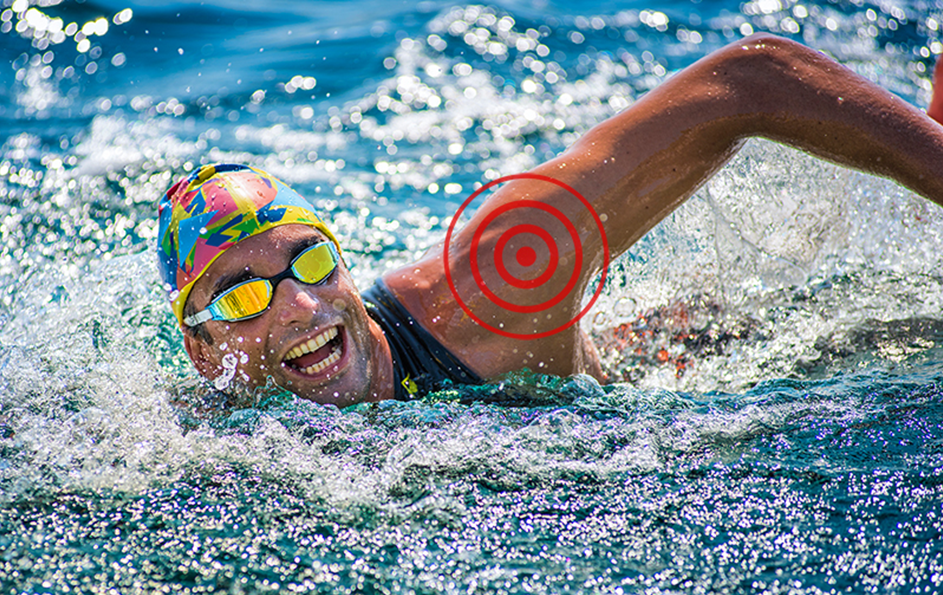
- Respiratory and pulmonary disorders.
- Respiratory diseases.
- Digestive and intestinal disorders
- Eye, ear, mouth and throat diseases.
- Gynecological disorders, menstrual pain.
- Joint diseases and pain.
“Based on the data collected from ten fortuitous trials showed that there is evidence where, needle treatment is an efficacious method to treat pain and physical dysfunction linked to knee osteoarthritis. There is insufficient evidence to show whether acupuncture affects other factors related to knee arthritis” Terry Kit Selfe et la (2008).
- Neurological disorders.
“There was an investigation where it was vouched that acupuncture keeps to initiate the production of BDNF (Brain derived neurotrophic factor), and the enhancement of TrkB (tropomyosin receptor kinase B) expression activates downstream signal transduction pathways to restore neurological deficits, thereby providing more molecular mechanisms for understanding traditional acupuncture therapy.” Xiaohong Li et la (2017).
- Sudden acute disorders.
- Skin diseases.
- Urinary and reproductive disorders.
- Treatment to stop smoking.
- Weight loss treatment.
- Treatment for stress, respiratory and lung disorders.
REFERENCE
- Kochanek P. M., Clark R. S. B. Traumatic brain injury research highlights in 2015. The Lancet Neurology. 2016;15(1):13–15. doi: 10.1016/S1474-4422(15)00339-7.
- Kline A. E., Leary J. B., Radabaugh H. L., Cheng J. P., Bondi C. O. Combination therapies for neurobehavioral and cognitive recovery after experimental traumatic brain injury: is more better? Progress in Neurobiology. 2016;142:45–67. doi: 10.1016/j.pneurobio.2016.05.002.
- Zhao Z., Zhang W., Xing J., Yan X. Modern research progress regarding effect mechanism of acupuncture on post-traumatic stress disorder. Zhongguo Zhen Jiu. 2015;35(10):1085–1088.
- Guccione AA, Felson DT, Anderson JJ, et al. The effects of specific medical conditions on the functional limitations of elders in the Framingham Study. American Journal of Public Health. 1994;84(3):351–358.
- Lawrence RC, Helmick CG, Arnett FC, et al. Estimates of the prevalence of arthritis and selected musculoskeletal disorders in the United States. Arthritis and Rheumatism. 1998;41(5):778–799.
- Warburton D.E.R., Bredin S.S.D. Health benefits of physical activity: A systematic review of current systematic reviews. Curr. Opin. Cardiol. 2017;32:541–556. doi: 10.1097/HCO.0000000000000437.
- Pedersen B.K., Saltin B. Exercise as medicine—Evidence for prescribing exercise as therapy in 26 different chronic diseases. Scand. J. Med. Sci. Sports. 2015;25:1–72. doi: 10.1111/sms.12581.
- Petridou A., Siopi A., Mougios V. Exercise in the management of obesity. Metabolism. 2019;92:163–169. doi: 10.1016/j.metabol.2018.10.009.
- Parkkari J., Kujala U.M., Kannus P. Is it possible to prevent sports injuries? Review of controlled clinical trials and recommendations for future work. Sports Med. 2001;31:985–995. doi: 10.2165/00007256-200131140-00003.

